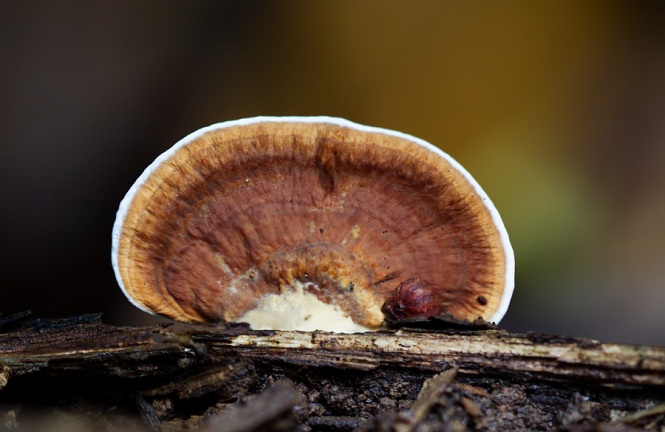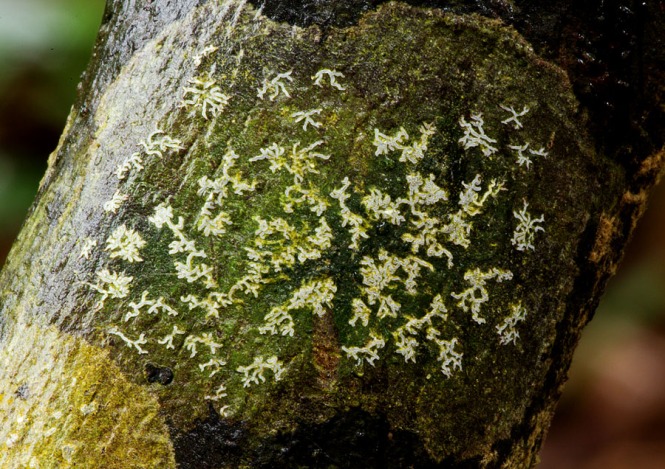If you are hoping for some obscure Japanese game show then I am sorry but you have come to the wrong place. There are indeed some decidedly odd games shows in Japan but I think they are not suitable for the audience I try to reach. Stacking the grasshopper is a rather weak follow-on from yesterday’s tale of the gropper’s outing to Shatin. I was checking the plants on the balcony this morning to see if there were any nice lepidoptera larvae to photograph but all I could find was a grasshopper. I wish I could assert that it was the same adventurous explorer, who hitched a ride on the Audi but even the most basic of ID skills tells me it is not.
Be that as it may I wanted to try to get a decent shot and I decided to try out my stacking software again. So all the images were shot at F3.5, etc. etc. You know the routine by now. Here is my final output courtesy of those awfully nice people at Helicon Focus.

Xenocatantops brachycerus
Not too bad. I didn’t get the right hand antenna despite thinking that I had. None of the source images gave me anything good enough to copy in. Other than that though it has succeeded reasonably well. Maybe 7/10 for technical expertise and about 5/10 for interest and aesthetic appeal. I am a very generous marker when assessing my own work. Did I ever mention that I was offered fried grasshoppers in Buenos Aires once? It was over ten years ago so I honestly don’t remember whether I ate them. I suspect I opted for half a hundredweight of prime beef. I have eaten snails though.
Now this is the Photoshop CS4 effort.

Look carefully at Mr. Gropper’s rear end. See the ghosting? Yup. So do I and I don’t like it. And PS has “image align”. Now in fairness my first effort with HF also had similar ghosting:

This could of course be down to bad technique on my part but as I looked very carefully through Live View I realized that the grasshopper was breathing in and out quite visibly. This is barely visible to the naked eye. Bit when magnified by 5x or 10x it looks like an earthquake. And it manifested itself in the rear section of the abdomen. Shocking…… breathing grasshopper. Or something like that.
So I redid the HF version and retouched it by using a ‘clean’ image to sharpen up both this aspect and the near antenna, which also moved slightly. The HF effort took about 3 or 4 minutes to run the original stack and then maybe 5 minutes of fiddling to do the touch up. PS CS4 on the other hand took about half an hour to process the 14 images and still failed. The recommendation is to ‘clone out any ghosting’. Well I’m sorry but I just don’t have the time to spare. Maybe CS5 or 6 has a very quick way of doing this. Conceivably CS4 has too but if so, this user isn’t sufficiently advanced to do that and I can do without spending half an evening agonizing over the final image. I’ll take the HF 5 minute job. As John Cleese asked of Michael Palin, “is this a 5 minute argument or the full half hour?”
So there we are. HF wins again on time and faithfulness. And after going through this exercise I think I shall try to sell this to a Japanese TV channel as a game show. I think it may catch on.





